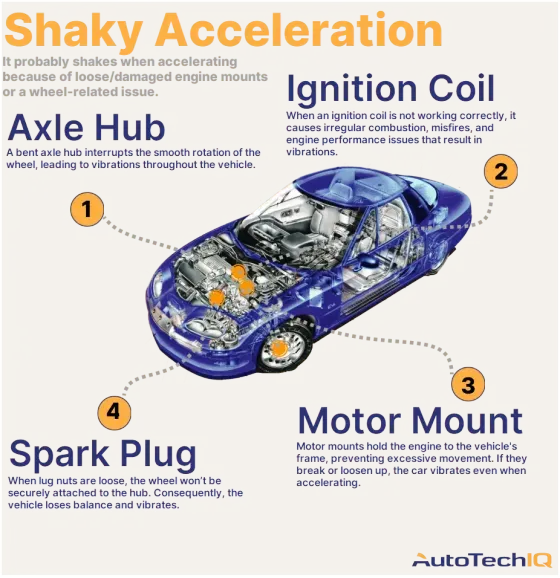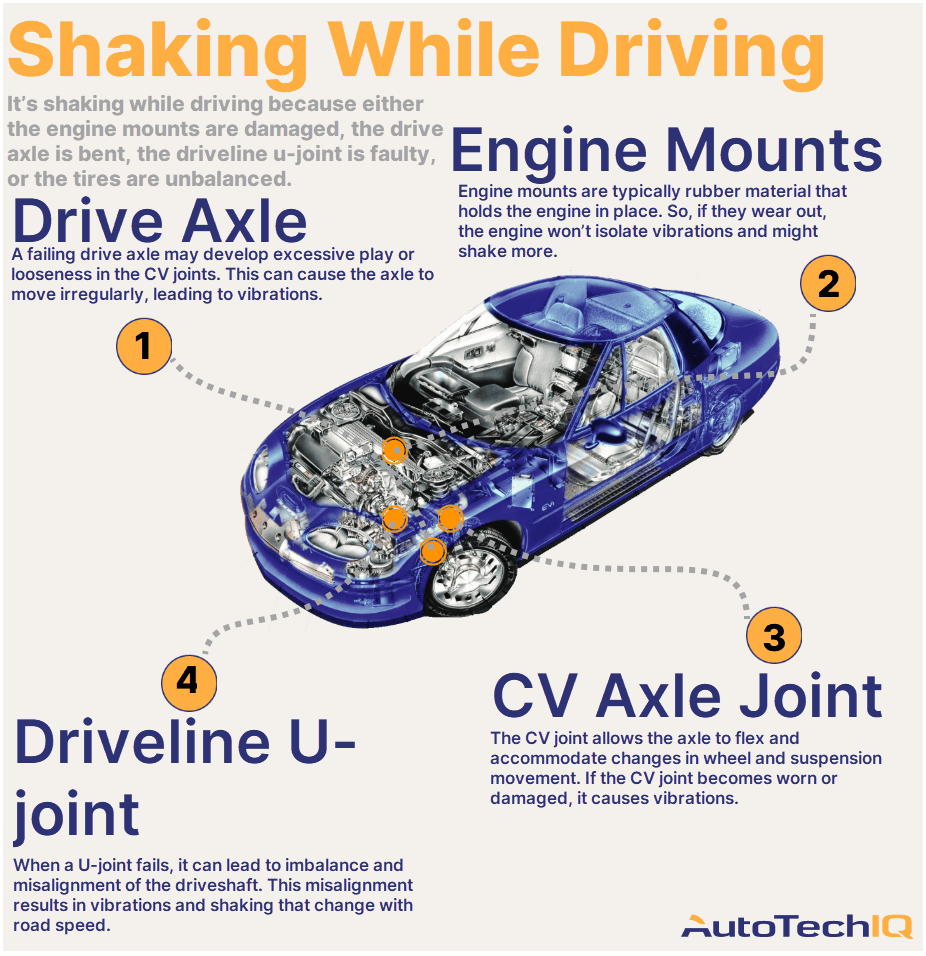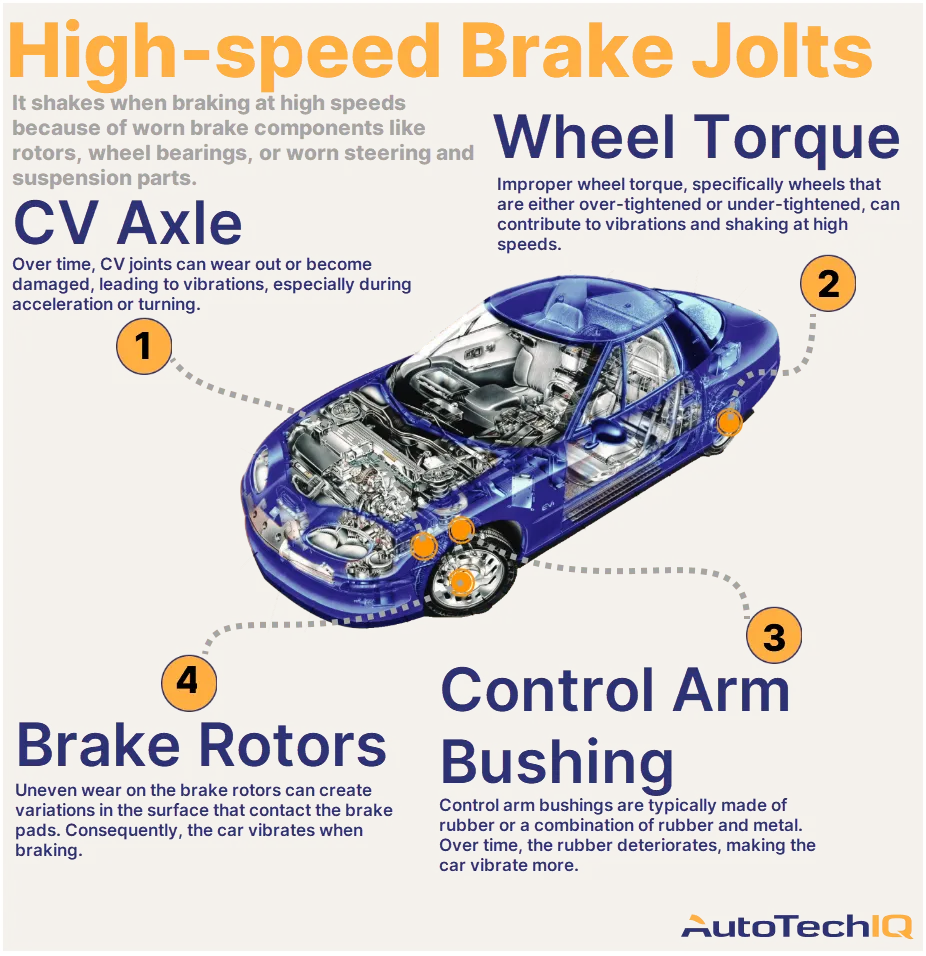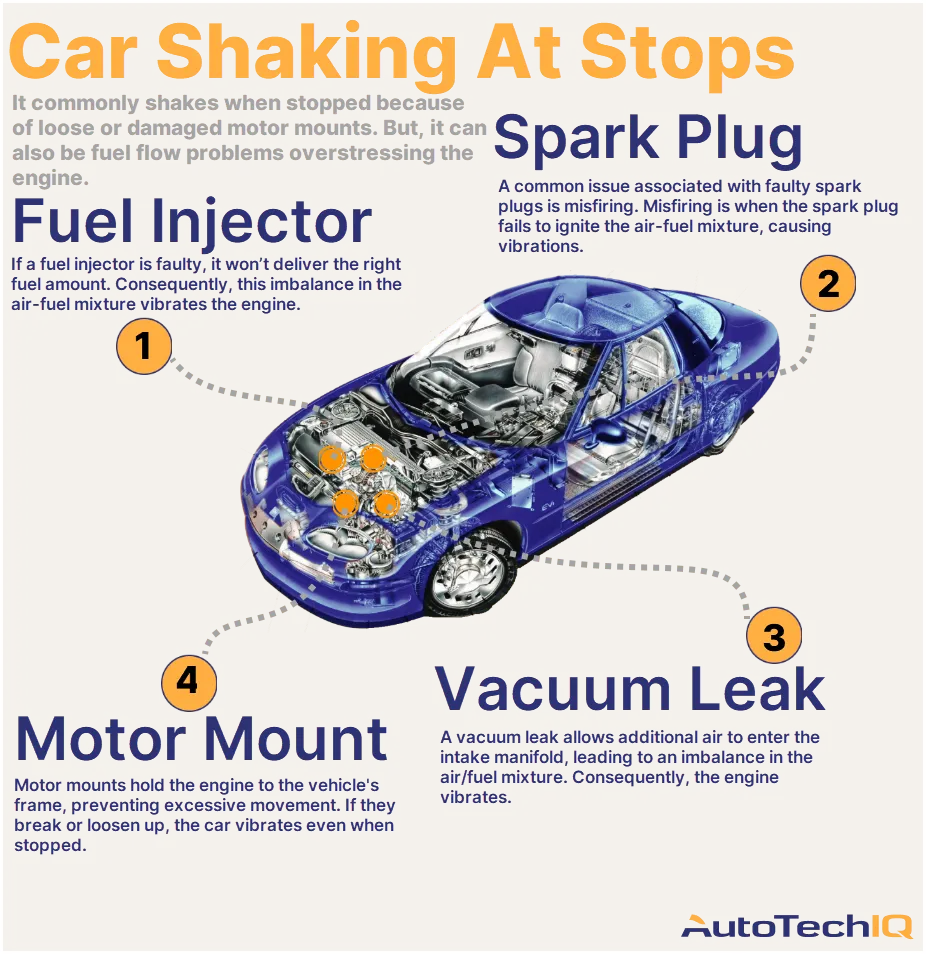Transparency example in a loose motor mount service
An engine system inspection is the most transparent process to understand why your vehicle’s engine mount is faulty. This is because many components surrounding the engine, support mounts, and combustion components can have a say in the issue, indicating the real culprits that caused it all.
A customer brought their vehicle to the shop and reported the engine was running rough and might need a tune-up.
A customer dropped off the vehicle and reported experiencing a problem. They explained that after getting stuck in the snow once, the vehicle started to lurch and make unusual noises accelerating. While trying to rock the vehicle back and forth to escape the snow drift, they heard a loud clunk. The problem persisted.
During a test drive, the technician noticed the same lurching issue and suspected the motor mounts might cause it. However, once the vehicle was in motion, the engine ran correctly. Upon conducting a routine vehicle health inspection, the technician found nothing related to the customer's concern.
To further investigate the issue, the technician had an assistant power brake the vehicle in both drive and reverse while observing the motor mounts. They discovered that the left-side engine mount was broken.
The other motor mounts appeared to be in good condition. However, the technician recommended replacing the broken left-side motor mount, which wasn't providing enough support to the engine and causing the vibrations. Finally, they saw the motor safely attached after all recommendations.

In this case, the mechanic put the “Immediate Action” tag on the engine mount.






